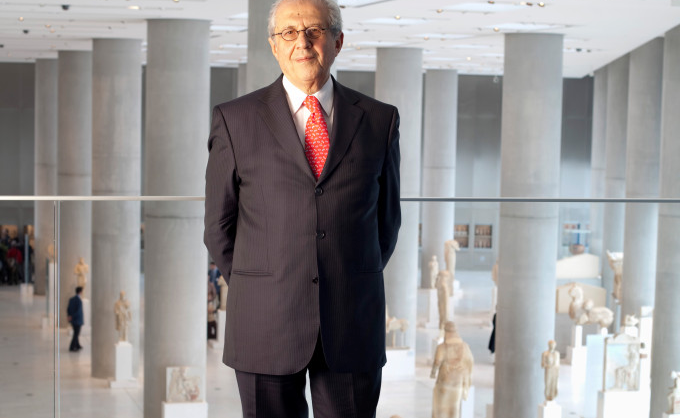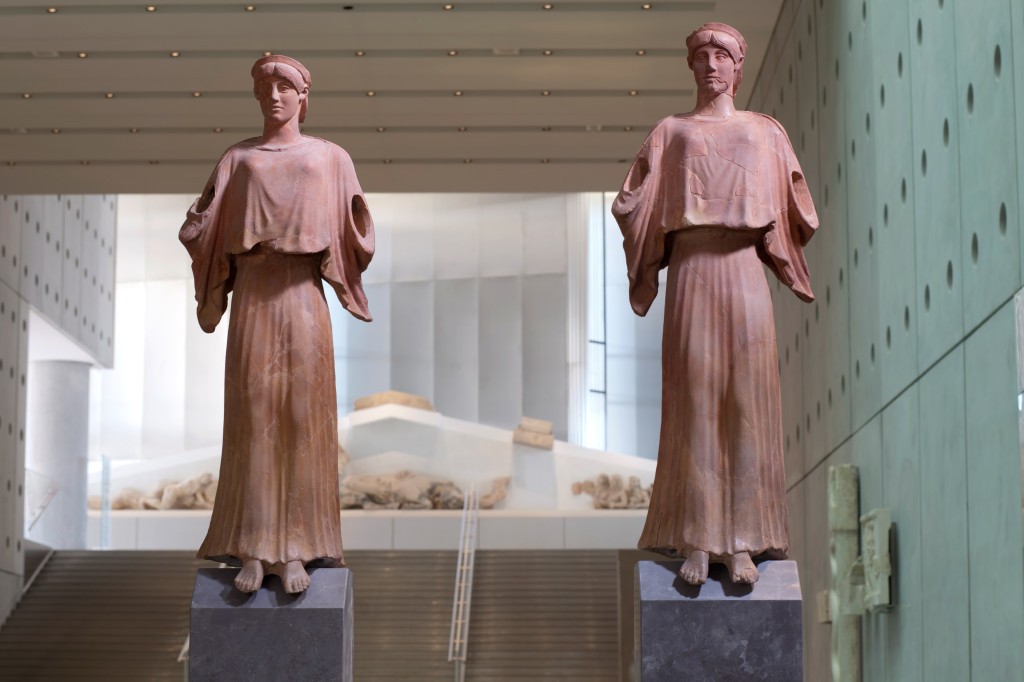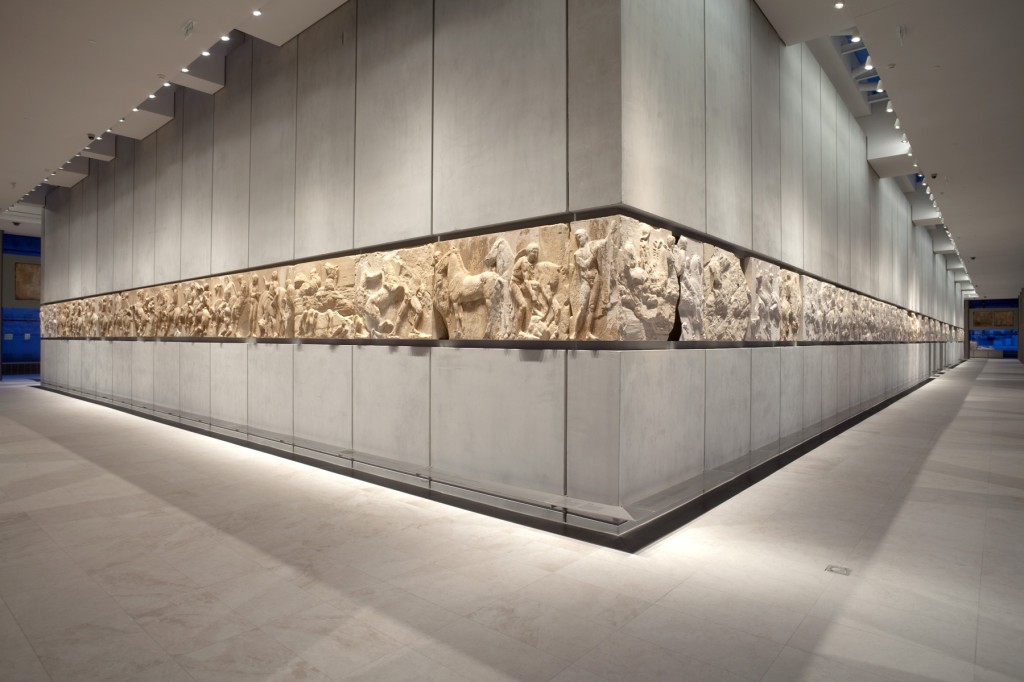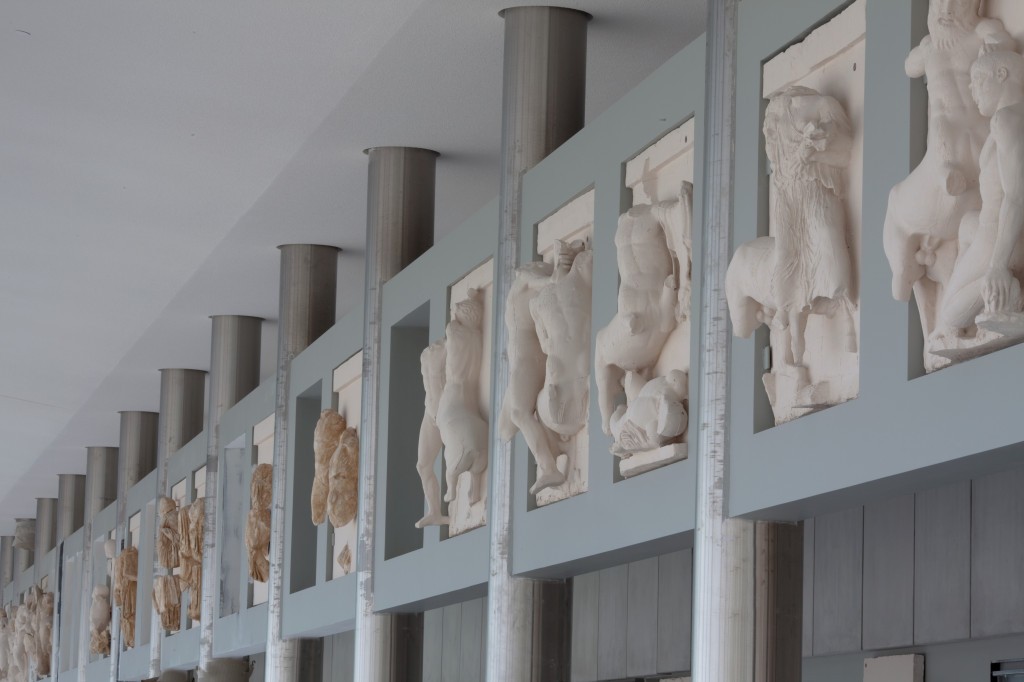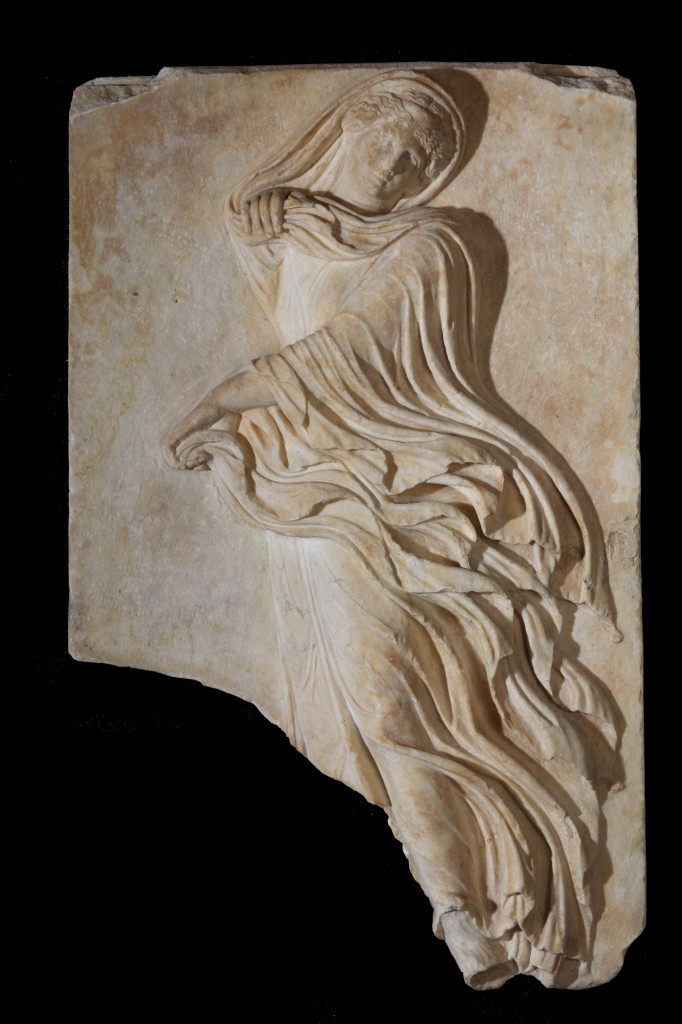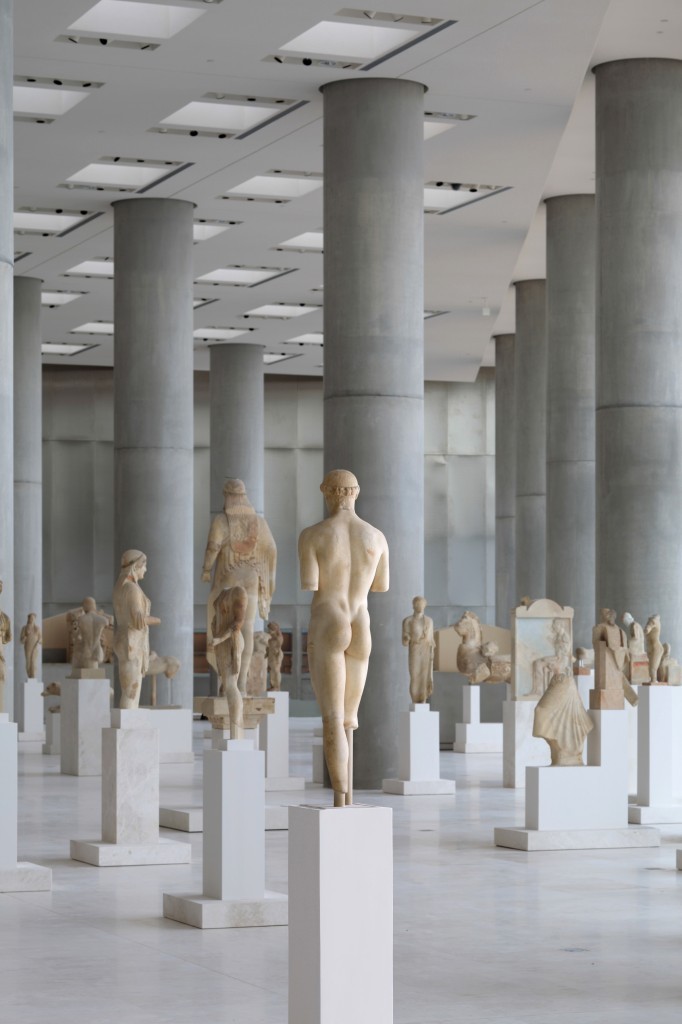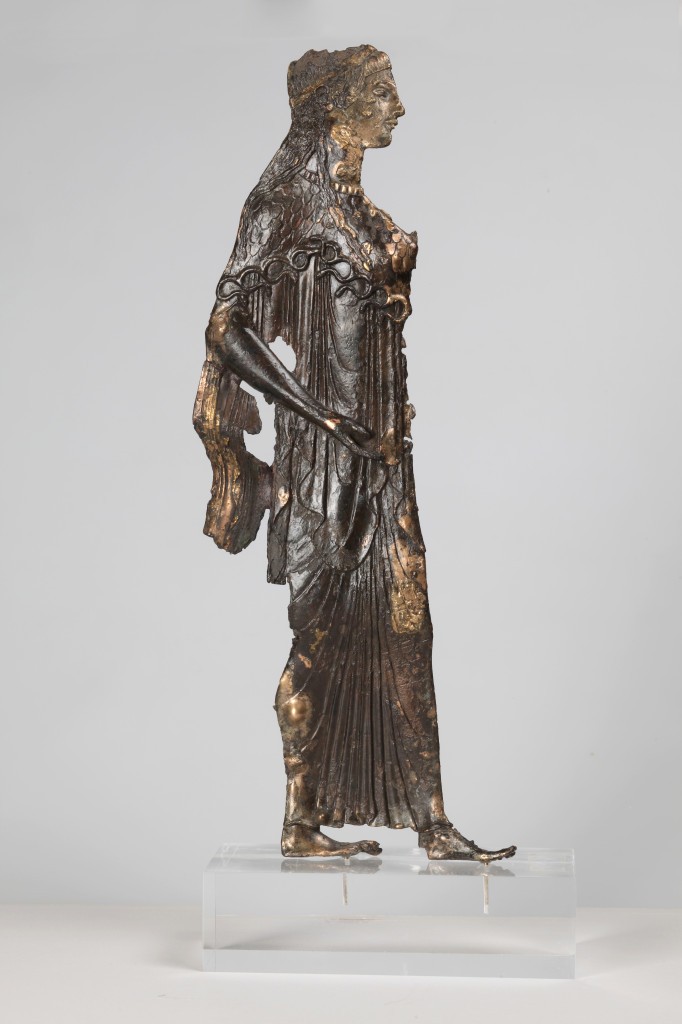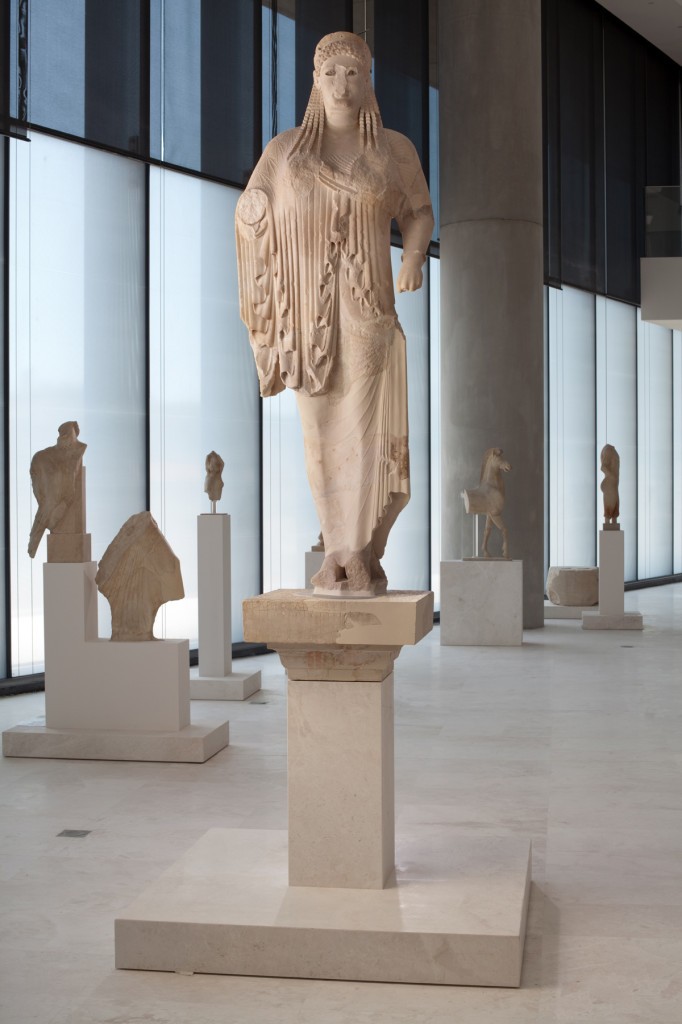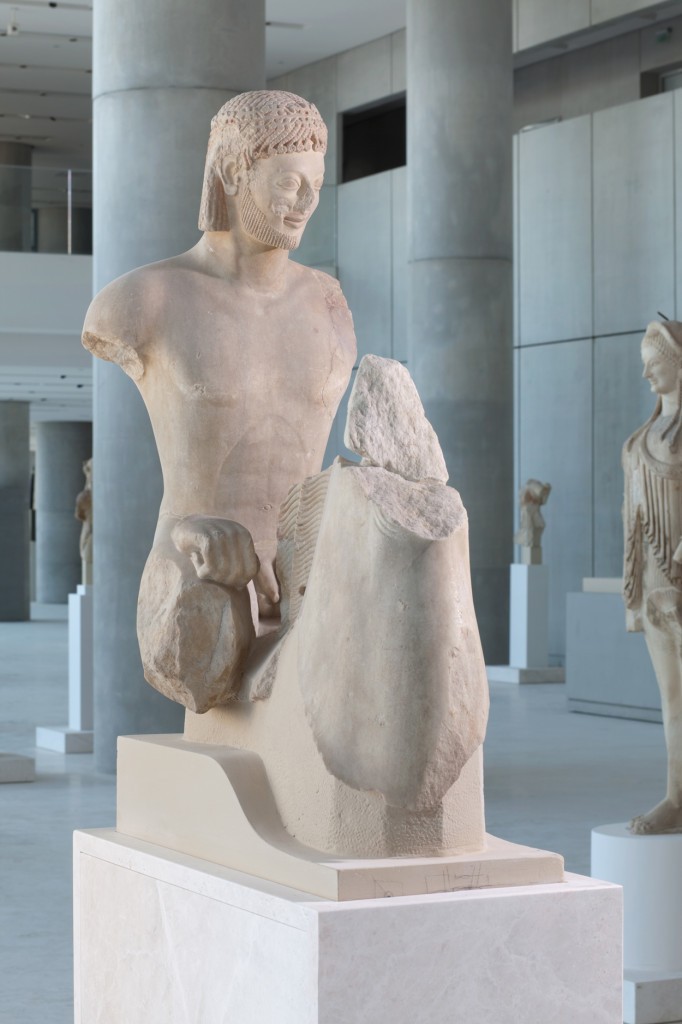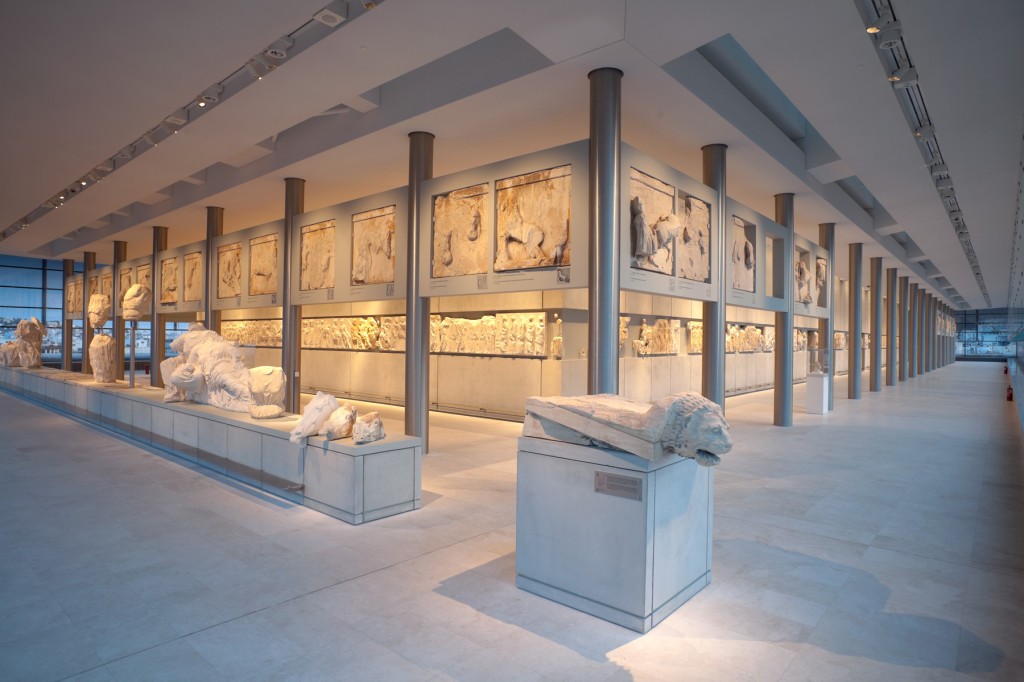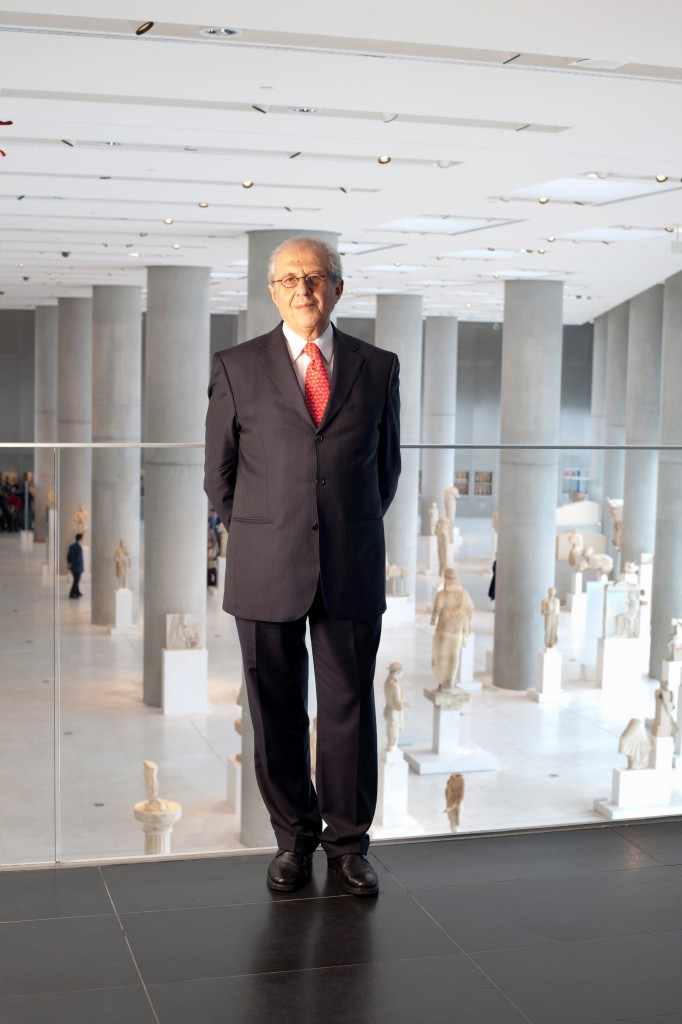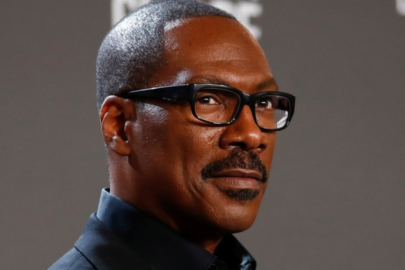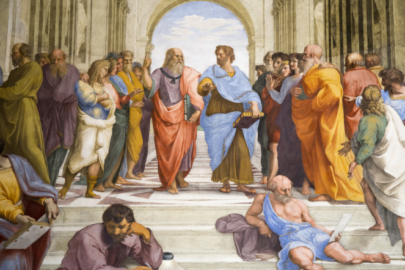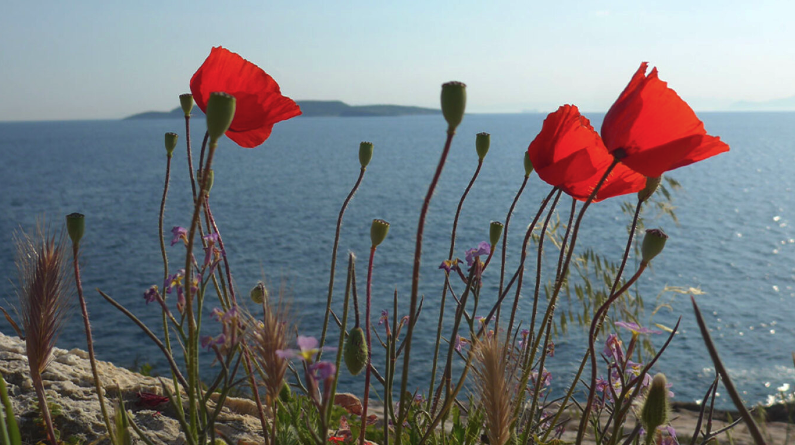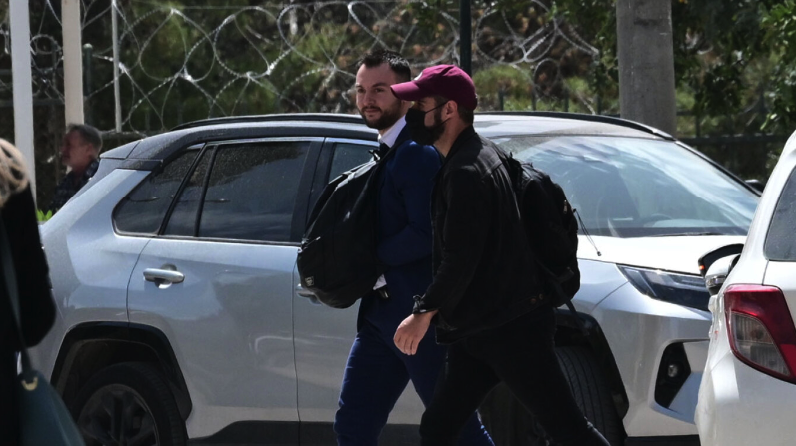By Dimitrios Pandermalis, President of the Acropolis Museum
On the 20th June 2014 the new Acropolis Museum celebrated its first five years of operation. The over 6.5 million visitors in that period and the satisfaction commonly expressed about the quality of its services is public testament to the Museum’s contribution. It is no accident that one in four visitors has visited the Museum on two or more occasions in the past year.
A unique achievement internationally has been the Museum’s ability to totally self-fund its operations since opening – indeed during five most difficult years of the economic crisis. Careful management by the Museum’s administration, targeted choices around expenditure, the continuous improvement and expansion of the permanent exhibition, the intense efforts of staff and the warm reception from the public all contributed to this result. We hope that the apparent recovery of the national economy will secure the necessary resources to enable even more rapid development of the Museum.
In the past year significant success was also achieved with work on the collections. The program focusing on the colors of the sculptures was greeted with enthusiasm by both visitors and experts. The diverse reconstructions of details on marble copies, on cast copies and with digital modeling allowed visitors to obtain a complete picture of the ancient sculptures and to creatively stimulate their interest.
In the Parthenon Gallery the three dimensional scanning of the frieze provided its first results through four clear and impressive digital applications that highlight the original carving process of the frieze, its enrichment with bronze attachments, its violent seperation and its digital restoration. New technologies are increasingly finding their place in the Museum galleries offering essential tools to aid the understanding of the great exhibits. The Museum is consistently conscious of the need to maintain the necessary balance between the authentic exhibit and the digital image it offers to visitors.
The production of exact cast copies of original works in the collection continued with particular care, and with an avid interest in the accurate presentation of detail and in some cases, the remaining traces of exhibit polychromy. A successful attempt to produce precise reduced scale copies was made, in this way making large exhibits accessible to the public.
In its five years of operation the Museum has serviced large crowds with an on-average of over 3000 visitors daily. Staff met the challenge through continuous vigilance and by making a sustained effort to maintain high standards of service. For the Museum, it is particularly important that visitors are comfortable; that they develop their own personal experience in the galleries and that they feel personally welcomed in spite of comprising the individual members of a crowd.
Some exhibits at the Acropolis Museum, photos by Nikos Daniilidis
A nightview of the Parthenon Sculptures of the Acropolis Museum, opposite the Sacred Rock and the actual monument
The Hekatompedon
Two teracotta Nike statues
The Frieze of the Parthenon
The Caryatids from the Erechtheion
The Metopes of the Parthenon Gallery
Head of Alexander the Great
Relief plaque showing a female dancer from the Theater of Dionysos
General view of the Archaic Gallery
Two-faced bronze sheet depicting Athena 530 B.C.
The Antenor “Kore”
The “Rampin Horseman”
General view of the Parthenon Gallery
One of the people who makes it possible… Professor Dimitrios Pandermalis is a professor of Archaeology at the Aristotle University of Thessaloniki, supervisor of the Archaeological site of Dion, Pieria and curator of the Acropolis Museum.

